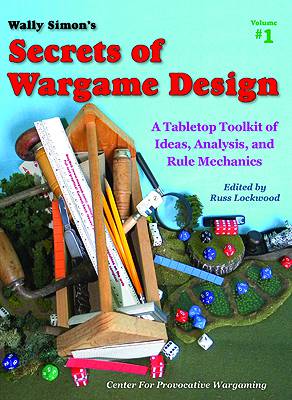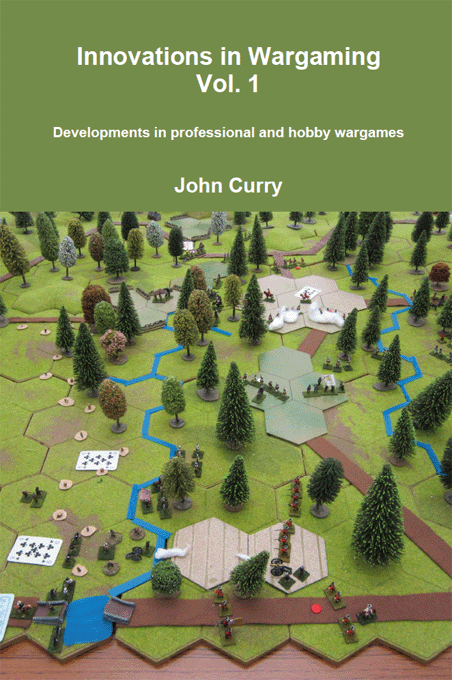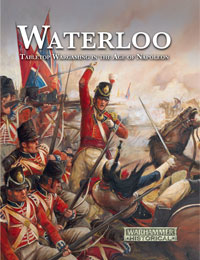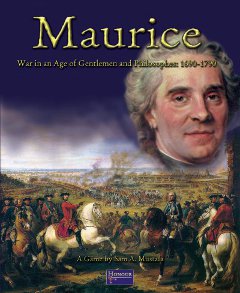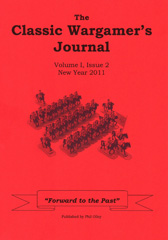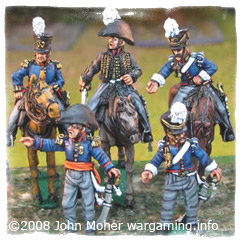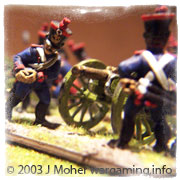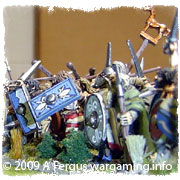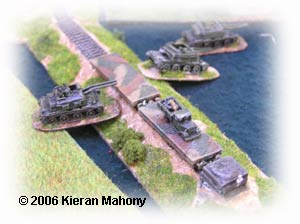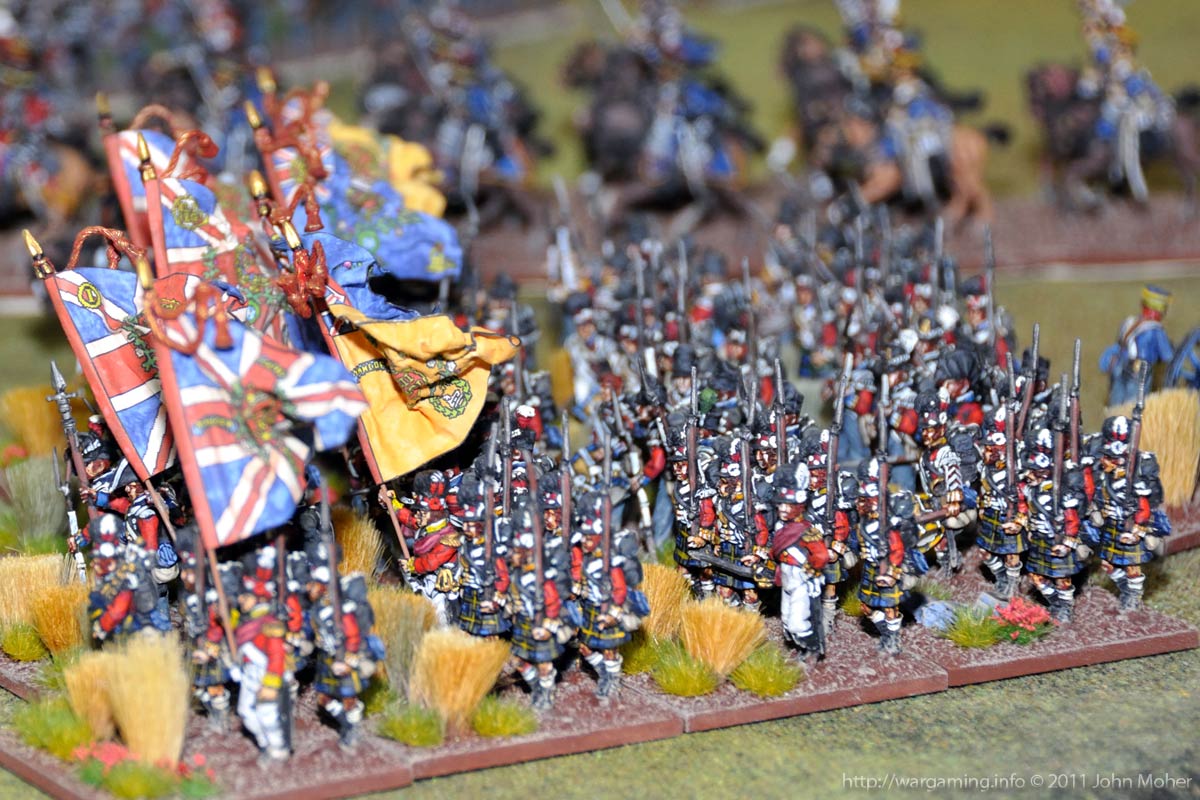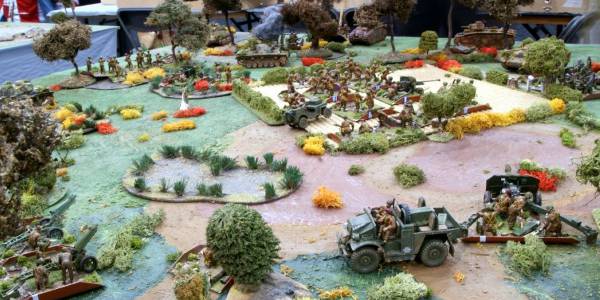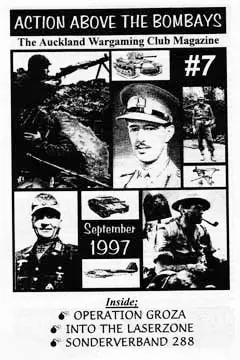Russ Lockwood has just published a booklet entitled: Wally Simon’s SECRETS OF WARGAME DESIGN: A Tabletop Toolkit of Ideas, Analysis, and Rule Mechanics (Volume 1). As you may know, Wally Simon was one of the founders of Historical Miniatures Gaming Society (in the USA), hosting the first meeting in his basement. A statistician by trade, he used his mathematical skills to analyse probabilities within wargame mechanics. “Wally’s Basement” at the HMGS Historicon conventions is named after him. With 25 years of work to draw on, this is the first in a series a ‘best of’ booklets that explore the nuts and bolts of wargame design as seen through his eyes.
Continue reading “Press Release: Wally Simon’s Secrets Of Wargame Design”
